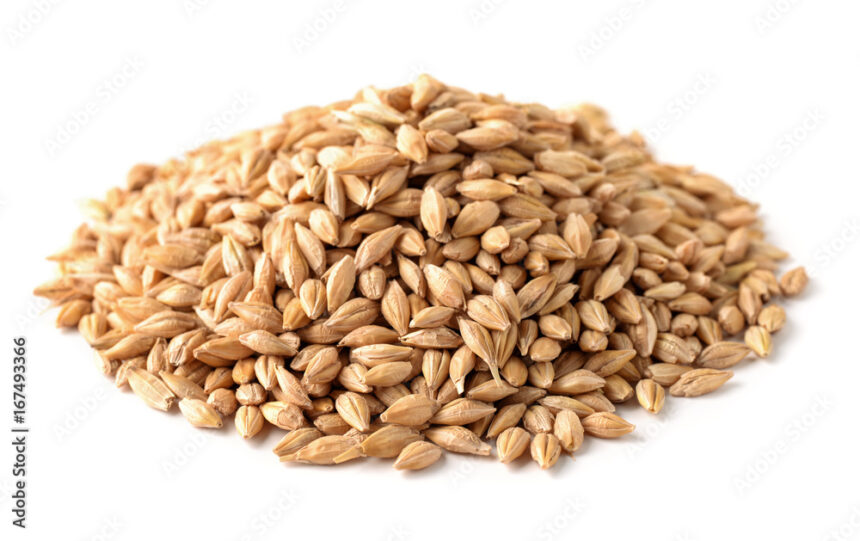Powdery mildew is a fungal disease that commonly affects barley plants. Here are some symptoms of powdery mildew that you should look out for in barley:
- White or gray powdery patches: The most noticeable symptom of powdery mildew is the presence of white or gray powdery patches on the leaves, stems, and other aboveground parts of the barley plant. These patches can spread and cover large areas if left untreated.
- Leaf distortion: Infected barley leaves may become distorted, curled, or stunted. The affected leaves may also turn yellow or brown and eventually die.
- Reduced photosynthesis: Powdery mildew can interfere with the barley plant’s ability to carry out photosynthesis effectively. As a result, the infected plants may show reduced growth and yield.
- Premature senescence: Severe cases of powdery mildew can lead to premature senescence, where the affected barley plants exhibit early aging symptoms. Leaves may dry up, wither, and die earlier than expected.
- Infected spikes: In addition to affecting the foliage, powdery mildew can also attack the barley spikes. The spikes may develop powdery patches, turn brown, and become shriveled. This can lead to poor grain development and reduced yields.
- Secondary infections: When powdery mildew is left untreated, it can weaken the barley plants, making them more susceptible to secondary infections by other pathogens.
It’s important to note that the severity of symptoms can vary depending on the barley variety, environmental conditions, and the specific strain of powdery mildew involved. If you suspect powdery mildew infection in your barley crop, it is advisable to consult with a local agricultural extension service or plant pathologist for proper diagnosis and advice on management strategies.







